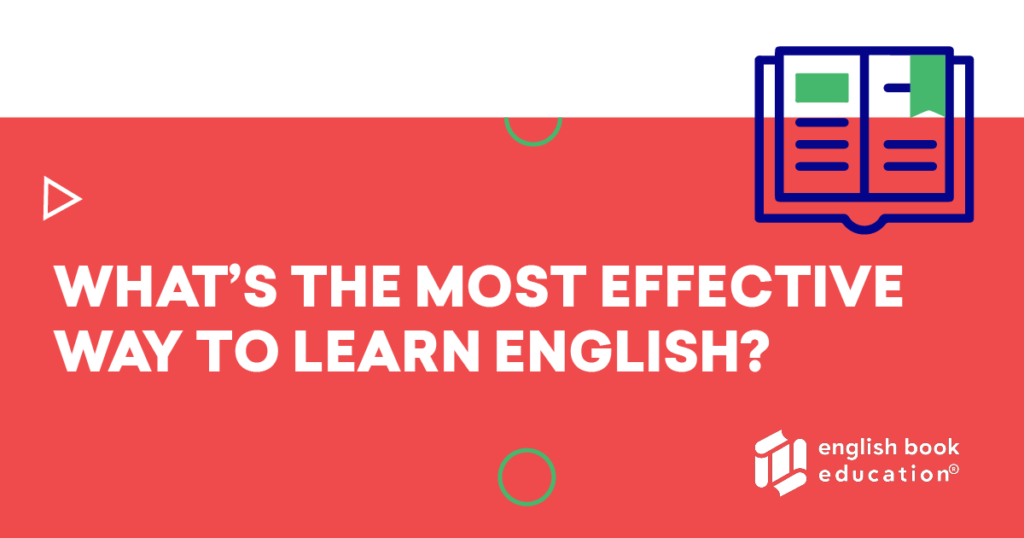
The evolution of edtech
In the seventies, reel to reel tape recorders were the latest technology. They enabled us school kids in the north of England to hear French sentences spoken by a first language speaker, rather than by an English teacher (often with a Lancashire accent).
We looked at pictures projected onto the wall, listened to the sentences and repeated them over and over again. Not only did the audio-lingual methodology use the latest technology – but the pedagogy was also based on the “sound” learning science of behaviorism. In a nutshell: if you repeat something often enough, it becomes automatic.
This “drill and kill” approach to language learning has since been discredited and replaced by the communicative approach. Nevertheless, it lasted long enough to inform all of my secondary school French education.
I was considered a linguist and a grade A student. I went on to study for a French degree. But when I finally landed in France, I was unable to participate in even the most basic conversations. How effective had my language learning been?
A focus on outcomes is needed
What do I take from this experience? Publishers, entrepreneurs and edtech companies need to think carefully about their products and courses. What problems are they trying to address? What outcomes are they trying to target?
It’s not enough to be innovative or novel. The shiny new toy will only engage learners for a short time if they don’t feel like they are making progress. We need to measure the impact on actual learning.
However, it is great to see so many exciting things happening in the world of edtech. For the first time, I believe we are on the cusp of delivering truly personalized learning journeys to all students – and not just those who can afford individual tuition.
Many of us are developing AI that makes the learning journey adaptive, that monitors learner progress and surfaces that progress to the learner, that offers feedback on pronunciation, grammar, vocabulary, speaking and writing.
We know that feedback has a significant impact on learning. We also know that it is challenging to give feedback on spontaneous language. But this is where AI is heading and soon the vision of learners interacting with virtual tutors on a range of topics will be a reality.
The role of teachers in the edtech landscape
Will technology replace teachers? Unlikely. Language is a social construct. We learn languages to communicate with others – and an increasing number of language apps are partnering with online tutors and creating language communities to address this need for human interaction. But technology can supplement what the teacher does – and will be able to do so in a more meaningful way thanks to AI.
It can extend language learning outside of the classroom, driving faster progress. It is available 24/7. It provides learners with a safe space to practice and fail – a way to build confidence. It does not replace the teacher. Instead, it enables the teacher to be replaced in the classroom, focusing on the communicative elements of language learning that are still a challenge for apps.
Source: Pearson Education
 Blog EBE English Book Education
Blog EBE English Book Education



